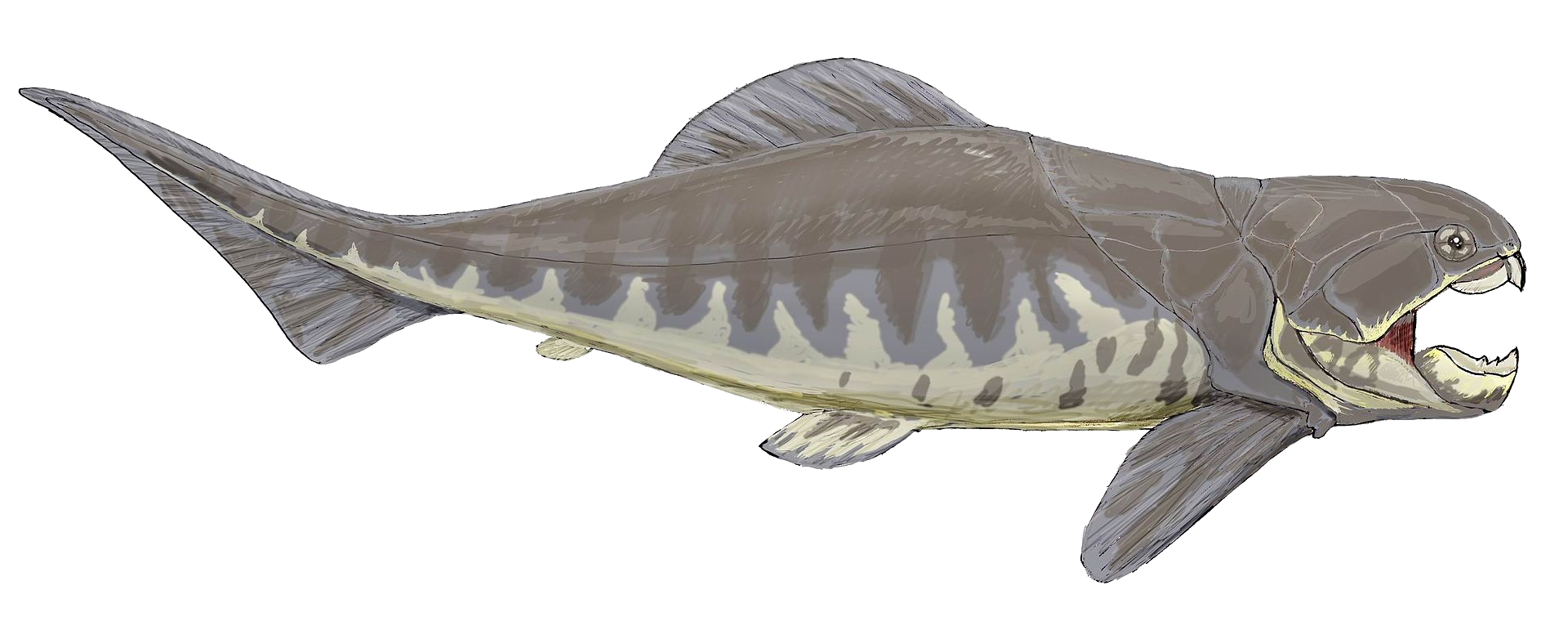Post by dinosauria101 on Apr 26, 2019 17:15:02 GMT 5
European Hippopotamus - Hippopotamus antiquus
Hippopotamus antiquus, sometimes called the European hippopotamus, was a species of hippopotamus that ranged across Europe, becoming extinct some time before the last ice age at the end of the Pleistocene epoch. H. antiquus ranged from the Iberian Peninsula to the British Isles to the Rhine River to Greece. Similar in size and form to Hippopotamus gorgops, H. antiquus on average was larger than the modern common hippopotamus (Hippopotamus amphibius). H. antiquus is believed to have first appeared around 1.8 million years ago, compared to 2 million years ago for H. amphibius. Beginning in the Middle Pleistocene, H. amphibius migrated into Europe and may have competed with this hippopotamus species for food. The Cretan Dwarf Hippopotamus (H. creutzburgi) is believed to have evolved from H. antiquus through the process of insular dwarfism on the island of Crete. Martínez-Navarro et al. (2004) estimated a body mass for H. antiquus between 2.500-4000 Kg, which is more than two times heavier than the mean weight of its extant relative.

Dunkleosteus terrelli
Dunkleosteus is a genus of prehistoric fish, one of the largest arthrodire placoderms ever to have lived, existing during the Late Devonian period, about 380-360 million years ago. This hunter, measuring up to 9 metres (29 ft) and weighing 3.6 tonnes (4.0 short tons), was a hypercarnivorous apex predator. Few other placoderms, save, perhaps, its contemporary, Titanichthys, rivaled Dunkleosteus in size. Due to its heavily armoured nature, Dunkleosteus was likely a relatively slow, but powerful, swimmer. It is thought to have dwelled in diverse zones of inshore waters. Fossilization tends to have preserved only the especially armoured frontal sections of specimens, and thus it is uncertain what exactly the hind sections of this ancient fish were like. nstead of teeth, Dunkleosteus possessed two pairs of sharp bony plates which formed a beak-like structure. After studying a biomechanical model of the fish's jaws, scientists at the Field Museum of Natural History and the University of Chicago concluded that Dunkleosteus had the second most powerful bite of any fish (the giant Megalodon being the strongest). Dunkleosteus could concentrate a pressure of up to 8,000 pounds per square inch (55 MPa) at the tip of its mouth, placing Dunkleosteus in the same league as Tyrannosaurus rex and modern crocodiles as having the most powerful known bite. Dunkleosteus could open its mouth in one-fiftieth of a second, which would have caused a powerful suction that pulled the prey into its mouth, a food-capture technique used by many fish today.

Credit to Wikipedia
Hippopotamus antiquus, sometimes called the European hippopotamus, was a species of hippopotamus that ranged across Europe, becoming extinct some time before the last ice age at the end of the Pleistocene epoch. H. antiquus ranged from the Iberian Peninsula to the British Isles to the Rhine River to Greece. Similar in size and form to Hippopotamus gorgops, H. antiquus on average was larger than the modern common hippopotamus (Hippopotamus amphibius). H. antiquus is believed to have first appeared around 1.8 million years ago, compared to 2 million years ago for H. amphibius. Beginning in the Middle Pleistocene, H. amphibius migrated into Europe and may have competed with this hippopotamus species for food. The Cretan Dwarf Hippopotamus (H. creutzburgi) is believed to have evolved from H. antiquus through the process of insular dwarfism on the island of Crete. Martínez-Navarro et al. (2004) estimated a body mass for H. antiquus between 2.500-4000 Kg, which is more than two times heavier than the mean weight of its extant relative.

Dunkleosteus terrelli
Dunkleosteus is a genus of prehistoric fish, one of the largest arthrodire placoderms ever to have lived, existing during the Late Devonian period, about 380-360 million years ago. This hunter, measuring up to 9 metres (29 ft) and weighing 3.6 tonnes (4.0 short tons), was a hypercarnivorous apex predator. Few other placoderms, save, perhaps, its contemporary, Titanichthys, rivaled Dunkleosteus in size. Due to its heavily armoured nature, Dunkleosteus was likely a relatively slow, but powerful, swimmer. It is thought to have dwelled in diverse zones of inshore waters. Fossilization tends to have preserved only the especially armoured frontal sections of specimens, and thus it is uncertain what exactly the hind sections of this ancient fish were like. nstead of teeth, Dunkleosteus possessed two pairs of sharp bony plates which formed a beak-like structure. After studying a biomechanical model of the fish's jaws, scientists at the Field Museum of Natural History and the University of Chicago concluded that Dunkleosteus had the second most powerful bite of any fish (the giant Megalodon being the strongest). Dunkleosteus could concentrate a pressure of up to 8,000 pounds per square inch (55 MPa) at the tip of its mouth, placing Dunkleosteus in the same league as Tyrannosaurus rex and modern crocodiles as having the most powerful known bite. Dunkleosteus could open its mouth in one-fiftieth of a second, which would have caused a powerful suction that pulled the prey into its mouth, a food-capture technique used by many fish today.

Credit to Wikipedia






